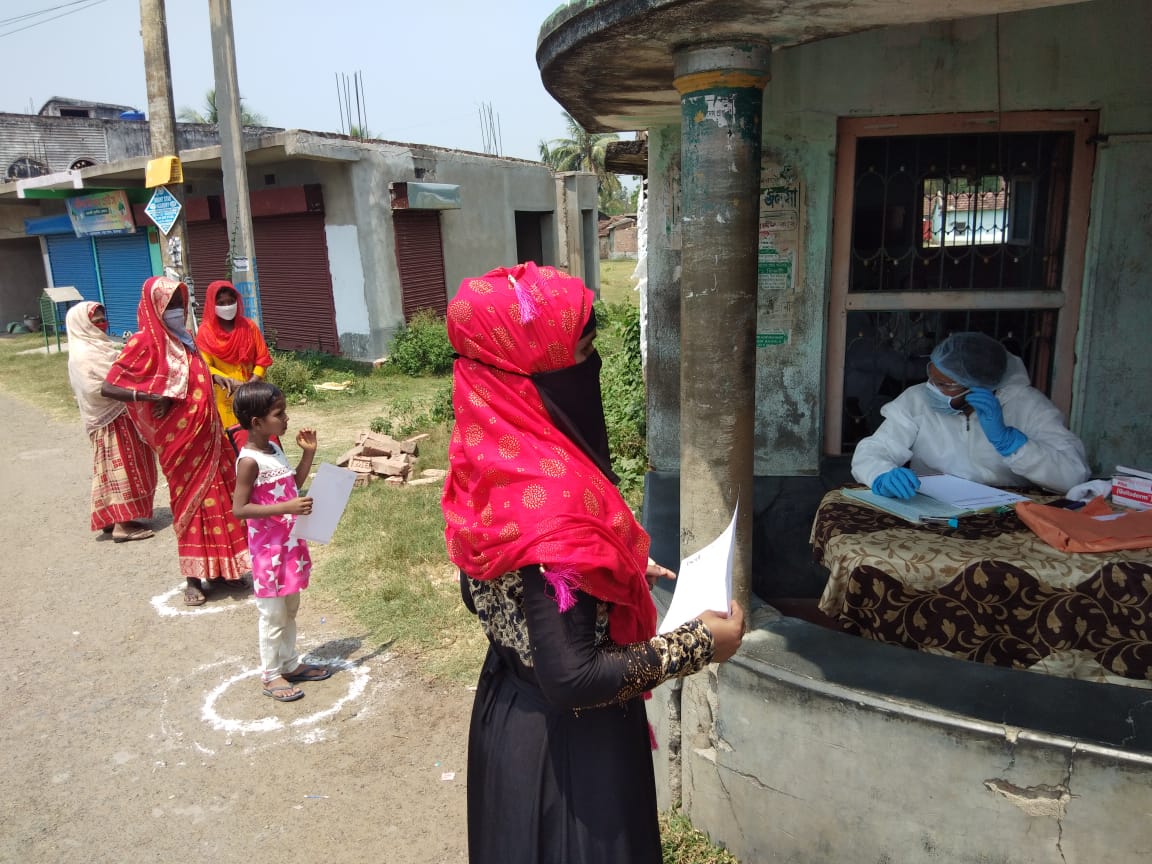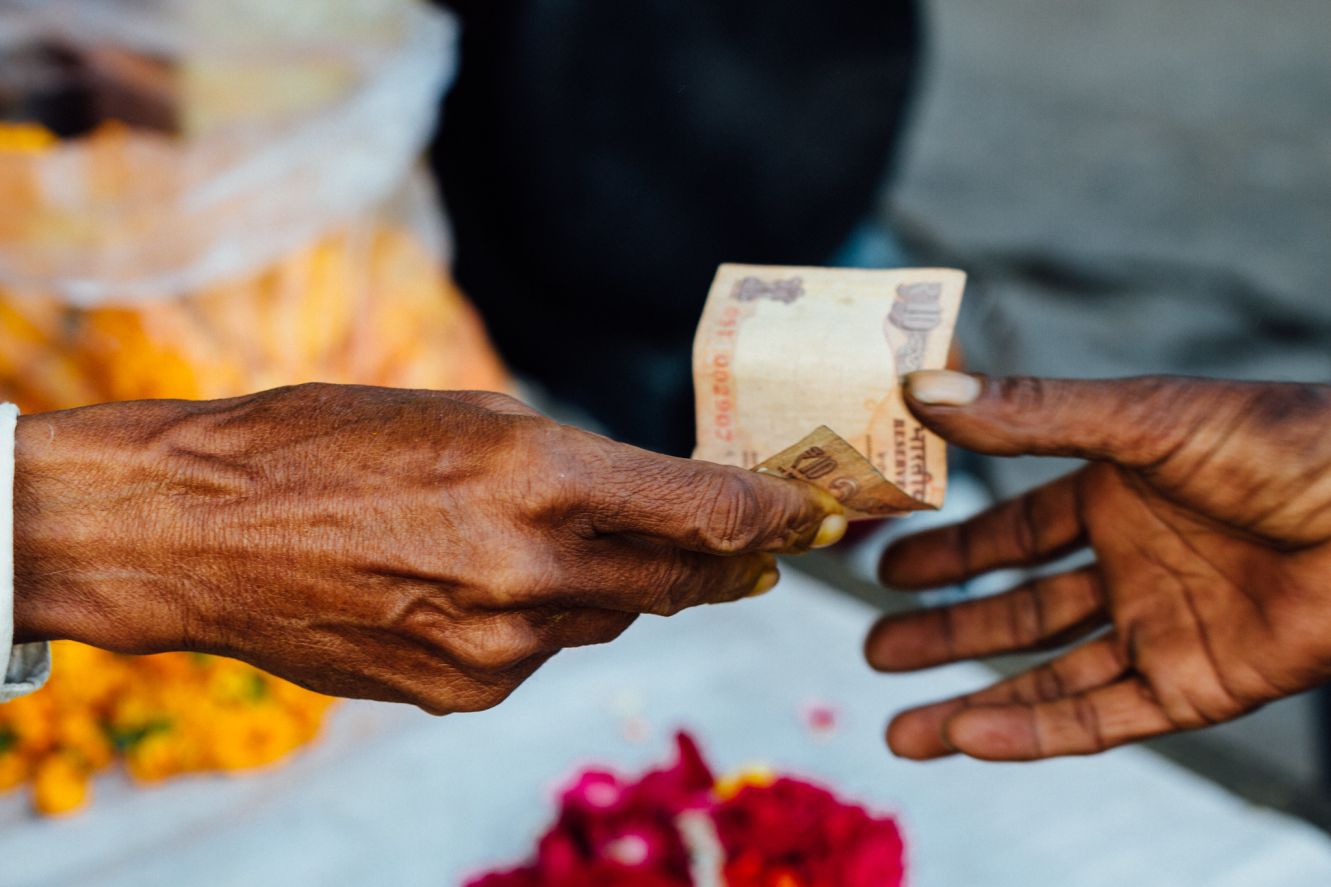Recently a committee constituted by SEBI has submitted its recommendations on creation of a social stock exchange (SSE) in India. Over the coming months, it will become clear which of the committee’s recommendations are accepted and implemented by SEBI and other relevant ministries of the government.
While the SSE would cater to both nonprofits and for-profit social businesses, this article is an effort to simplify and focus on the most relevant recommendations for nonprofits. I hope this will help them evaluate the recommendations and serve as a guide to understanding how they can benefit from an SSE.
Through its recommendations, the committee hoped to do more than creating a matchmaking platform for donors and nonprofits. It sought to lay a foundation through which more social sector organisations could access more funding for years to come. Hence, the recommendations cover a broad range of areas.

Related article: Understanding India’s proposed social stock exchange
It is important to highlight that the recommendations do not affect the current ways of working and avenues of fundraising of nonprofits—they relate to additional instruments and avenues of fundraising. These instruments can also help improve the visibility of nonprofits and improve their recognition and trust in the sector, among funders and in the wider community.
Additionally, several recommendations will benefit all nonprofits, whether or not they raise money through the SSE. These go beyond new funding avenues and address the creation of a supporting environment for nonprofits. For instance, encouraging institutions that act as information repositories on nonprofits (such as GuideStar or BSE Samman) and social auditors for impact measurement, as well as introducing standard reporting norms and impact measurement for nonprofits seeking to raise funding through the SSE. The committee has also recommended tax benefits and regulatory clarifications.
Through its recommendations, the committee sought to lay a foundation through which more social sector organisations could access more funding for years to come. | Picture courtesy: Rawpixel
How can nonprofits benefit from the SSE?
Here are the different ways in which a nonprofit can fundraise on the SSE:
- Approach a mutual fund house to promote a fund where investors can donate the interest or returns on the fund to your nonprofit. An example of this is the HDFC MF Cancer Fund. Investors in the fund get their money back from HDFC MF, but any interest or gains that are made are donated to selected nonprofits.
- Keep track of how Social Venture Funds (SVFs) are developing. The committee has recommended popularising the use of SVFs for the social sector. Under this, a fund manager will pool together grants from several donors and on-grant them to nonprofits working in the area of interest for that SVF. If a fund is coming up with the objective of supporting nonprofits in the area you work in, do reach out to them to be considered to be included in organisations they give grants to. As the committee’s recommendations are accepted and the SSE gets formed, operating guidelines will get formulated, which will provide clarity on where this information will be available and how to access it.
- Consider directly listing on the SSE with a zero coupon zero principal (ZCZP) bond. A ZCZP bond will work in the same way as a donation. The ‘investors’ will fund a nonprofit based on its overall organisation plan, or its plan for a specific project and the social impact it will create. Nonprofits do not need to return the money or pay any interest on it. Because it is a bond, it becomes an instrument that can be listed on the exchange, providing high visibility and credibility to the nonprofit.
Related article: Concerns around India’s social stock exchange

The use of the term ‘social stock exchange’ can give an incorrect impression—a new organisation isn’t being set up to function as a stock exchange for nonprofits. Instead, the committee has suggested how nonprofits can use existing listing mechanisms on the National Stock Exchange/BSE (by issue of ZCZP bonds). It has also recommended how other financial market vehicles outside the stock exchanges, such as mutual funds or SVFs can be effectively used by nonprofits as well. Moreover, nonprofits do not need to have familiarity and experience with financial markets to leverage the fundraising instruments listed above. It is also expected that advisors and other sector-level resources—such as a capacity building unit housed within the SSE—will emerge to provide support to nonprofits on navigating the SSE.
Apart from raising funds, there are other ways in which the SSE could benefit nonprofits:
- Increase visibility for their work, enabling them to seek more funding from new donors.
- Grow their reputation as a leader in the sector, pioneering the use of a new platform.
- Help them contribute to setting standards on reporting and impact measurement. Fundraising on the SSE requires nonprofits to adhere to minimum reporting standards. As these norms get widely adopted, including by those organisations that don’t raise funding via the SSE, they will create a common vocabulary and understanding of impact, and further boost confidence in the sector.
What can nonprofits do to benefit from the SSE?
Nonprofits using the SSE platform for fundraising will need to report on the social impact they create, using the specified framework recommended by the committee. The framework has been kept simple and most large organisations will find it easy to comply with it. A key purpose of any exchange is to reduce information asymmetry between funders and recipients—a standard, easy-to-understand way of presenting information and analysis on impact will facilitate decision-making by donors, as well as boost transparency in the sector.
Nonprofits should also get external organisations to measure social impact. While this is not mandatory initially, it will help them prepare. Impact measurement will gradually become more sophisticated over the coming years, as third-party impact measurement organisations or ‘social auditors’ come up.
The report makes no distinctions between large, small, regional, or sectoral organisations—the instruments for fundraising can be used by all.
Even if they do not seek to use the SSE platform in the near-term, nonprofits can stay abreast of the way the social impact measurement and reporting framework is developing, and try adopting it. The framework recommended by the committee is easy to implement and flexible to accommodate a wide range of social activities.
The report makes no distinctions between large, small, regional, or sectoral organisation—the instruments for fundraising mentioned above can be used by all nonprofits. The committee has also recommended that the SSE set up a capacity building fund with an initial allocation of INR 100 crore. This fund should prioritise support to smaller nonprofits, to help them conduct social impact reporting and even partly fund the cost of the exercise.
Several tax benefits and other supportive regulatory clarifications have also been recommended. If implemented, the committee’s recommendations will build an inclusive foundation for social finance for years to come, and enable a boost in funding to the sector. SEBI has invited comments on the report. Do share your feedback directly with SEBI or on the Civis platform.
* Roopa Kudva was a member of the SEBI constituted working group on the Social Stock Exchange.
This article has been rewritten in parts by the author specifically for a nonprofit audience. The original version was published on Livemint.
—
Know more
- Read the working committee’s full report to understand the vision of the SSE in greater detail.
- Read this opinion piece on whether social enterprises in India are ready for the SSE, and what the concerns are.
- Learn about the rise of SSEs globally, and their challenges and opportunities.
- Explore the answers to some frequently asked questions on the SSE.
Do more
- Send in your comments on the SSE report to SEBI at yogitag@sebi.gov.in and abhishekr@sebi.gov.in by August 15, 2020.
- Attend this webinar by Ashoka University’s Centre for Social Impact and Philanthropy and Omidyar Network India on why the SSE matters for the nonprofit sector.



